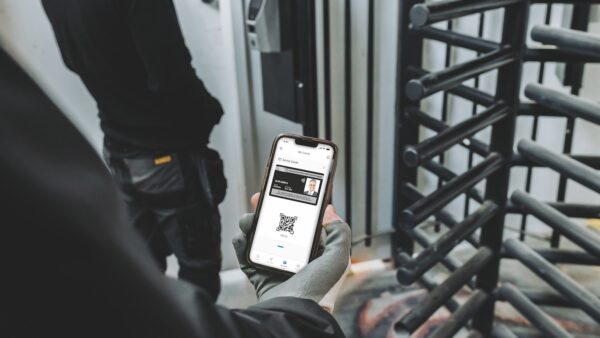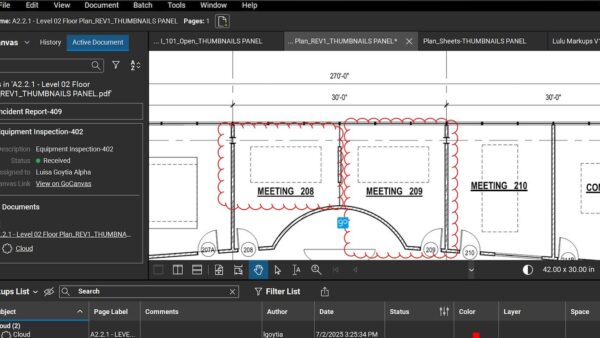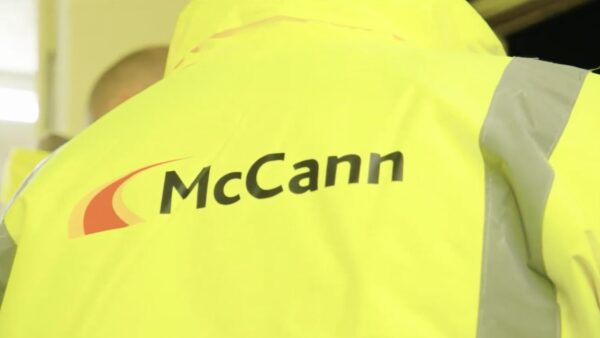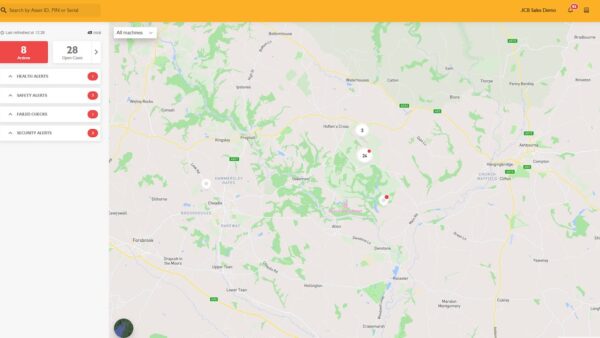Workers and subcontractors on a Turner Construction project in California are taking part in an experiment that will monitor their productivity via an overhead drone.
The MIT Technology Review reports that the the new stadium for the Sacramento Kings is being scanned by aerial drones and software that can automatically flag slow progress.
Once a day, drones automatically patrol the Sacramento work site, collecting video footage which is converted to a 3D image of the site. That model is then analysed by software that compares it to the design and construction models that show how each element should look at any given stage.
The software can show managers how the project is progressing, and highlight parts that may be falling behind schedule. It can show, for example, that a particular structural element is behind schedule, perhaps because materials have not yet arrived.
The software was developed by a team from the University of Illinois. Mani Golpravar-Fard, an assistant professor in the department of civil engineering, said: “We highlight at-risk locations on a site, where the probability of having an issue is really high. We can understand why deviations are happening, and we can see where efficiency improvements are made.”
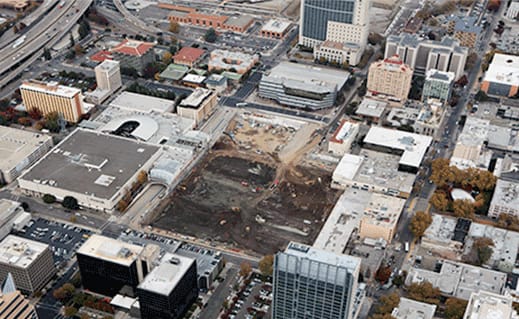
The software can show managers how the project is progressing
Asked by MIT Review about the scrutiny of individuals and invasion of privacy involved, Golparvar-Fard defended the idea: “It’s not new to the construction industry that there would either be people standing and observing operations, or that there would be fixed cameras. Yes, making this autonomous has a different feeling for the workers. But you have to keep in mind that it’s not really questioning the efficiency of the workers, it’s questioning what resources these guys need to be more efficient.”
But the next step for the University of Illinois team is to use drones to attach cameras to locations across a building site, so that activity can be monitored continually. This would allow individuals workers’ activities to be tracked and categorised in video footage.
A manager could then see how different tasks are being performed, and how much time each individual is spending on a job – a level of surveillance that could prove more controversial.
Lincoln Ford, regional manager for virtual design and construction at Turner Construction, which is running the Sacramento project, says that while it is common to monitor progress closely, the near-real-time aerial images and software analysis being used there provides a more comprehensive picture of what’s going on, and can highlight how a slowdown in one area may affect the entire project.
He told the MIT Review: “The nice thing about it is that it’s showing all the tasks in an area, so people are seeing the global impact.”
The software is also being used at a high-rise construction project in Arizona, and by Taisei, a large construction company in Japan.
At the Sacramento project, video is being captured by a drone-operating company called ImageInFlight.
Making this autonomous has a different feeling for the workers. But you have to keep in mind that it’s not really questioning the efficiency of the workers, it’s questioning what resources these guys need to be more efficient.– Mani Golpravar-Fard, University of Illinois









